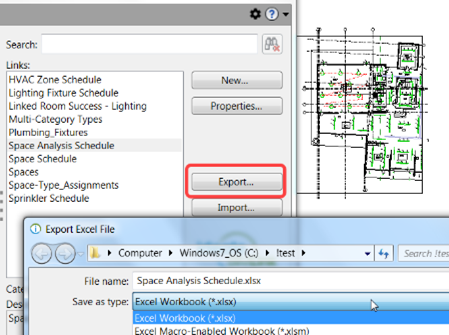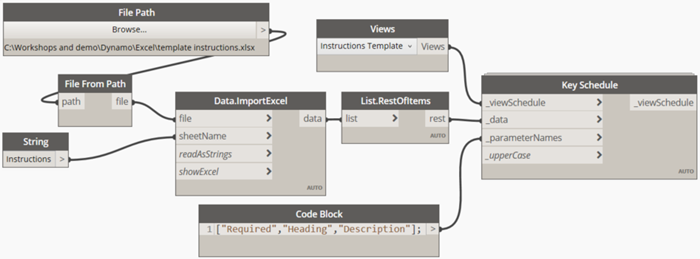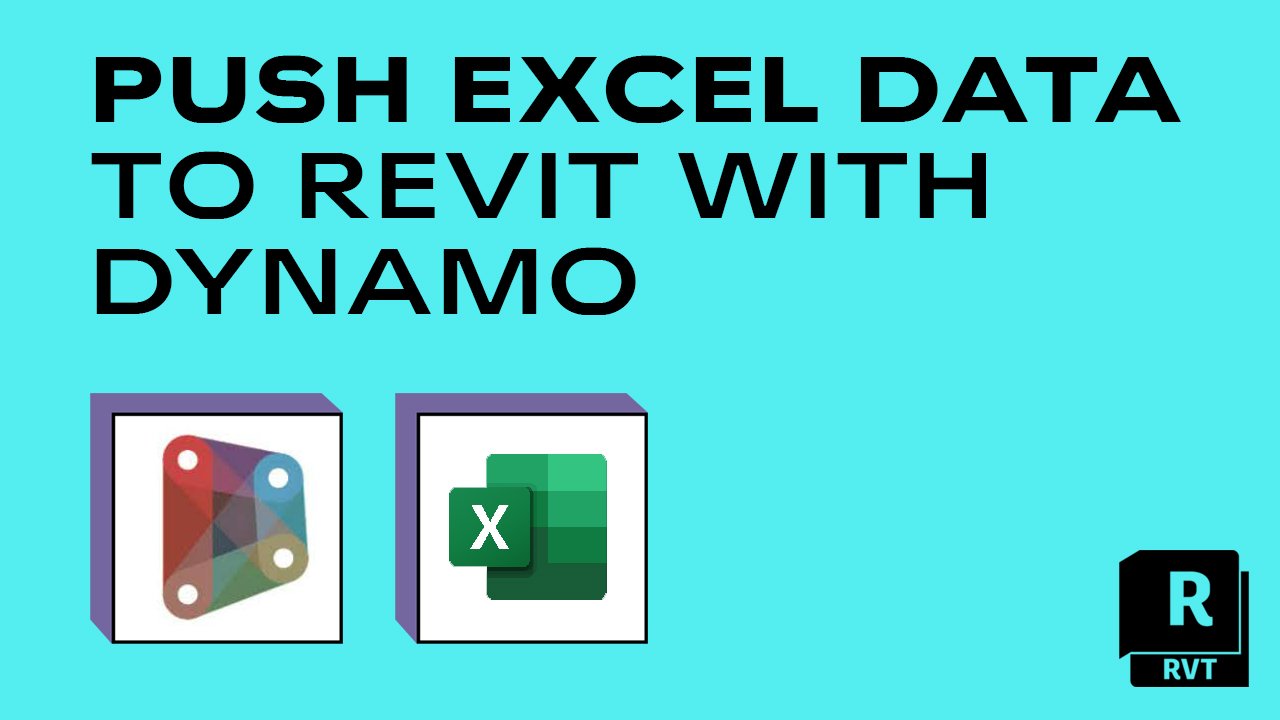Revit Tool Selection for Streamlined Modeling and Style
Wiki Article
Revit Excel Assimilation Demystified: Improving Process for Enhanced Task Coordination
Look no further, due to the fact that Revit Excel Integration is here to demystify the process and simplify your projects. In this short article, we will lead you with the significance of Revit Excel Combination, show you just how to streamline operations, and offer finest techniques for successful integration.The Value of Revit Excel Integration
You need to understand the importance of Revit Excel integration to effectively enhance your workflows and boost project coordination. The integration of Revit, a powerful structure info modeling (BIM) software program, with Excel, a commonly utilized spread sheet program, provides many advantages for architects, engineers, and building professionals.

By incorporating Revit with Excel, you can eliminate hand-operated information entrance and reduce the danger of errors. This not just saves time but additionally guarantees precision in your project documentation. You can upgrade data in Excel, and it will immediately update in Revit, preserving uniformity throughout your job.
Furthermore, Revit Excel assimilation enhances job coordination by enabling efficient partnership among group participants. With information integrated between Revit and Excel, everybody can access one of the most current details and interact effortlessly. This promotes smoother interaction, decreases disputes, and boosts general job effectiveness.
Exactly How to Simplify Workflows With Revit Excel Integration
Optimize your procedure by perfectly attaching Revit and Excel to simplify your workflow. By integrating these two powerful tools, you can enhance project sychronisation and enhance efficiency in your job. With Revit Excel integration, you can conveniently move data between both platforms, permitting seamless communication and collaboration.

One more benefit of Revit Excel integration is the capacity to create personalized records and analyze information much more efficiently. With Excel's robust functions, you can perform advanced calculations, produce graphes and charts, and create comprehensive records based on the information from your Revit designs. This enables you to get valuable understandings and make educated choices throughout the project.
Enhancing Project Coordination With Revit Excel Combination
By perfectly linking your style software application with effective information evaluation devices, you can substantially enhance the control of your tasks. Revit Excel integration allows you to enhance your workflows and enhance project sychronisation by eliminating hand-operated data entry and reducing mistakes. With this integration, you can quickly transfer data in between Revit and Excel, making sure that all project info is up to day and accurate.One of the key benefits of Revit Excel assimilation is the ability to import and export information in between both software application perfectly. This implies that you can easily import existing project data from Excel into Revit, saving you time and effort in coming back details. You can export task information from Revit to Excel, allowing you to do advanced evaluation and estimations using the effective features of Excel.
Moreover, Revit Excel combination allows you to produce dynamic links in between both software program (revit add ins). This means that any modifications made in Revit will immediately upgrade in Excel, and the other way around. This makes sure that all job stakeholders are dealing with the most current info, improving job sychronisation and minimizing the threat of mistakes
Conquering Challenges in Revit Excel Combination
When getting over challenges in the combination of Revit and Excel, it's crucial to make certain seamless information transfer and minimize errors. One usual obstacle is the compatibility of information layouts between Revit and Excel.One more obstacle is the lack of synchronization in between Revit and Excel. It's recommended you read critical to develop a clear process that ensures both systems are updated in real-time. This can be accomplished by utilizing cloud-based collaboration devices or establishing a system for regular data syncing.
Handling huge datasets can additionally be troublesome. Revit and Excel have various capabilities when it pertains to managing big amounts of data. To overcome this challenge, you can split the information into smaller, convenient chunks or make use of data filtering system techniques to focus on particular locations of interest.
Last but not least, human error can lead to discrepancies in between Revit and Excel information. It is very important to my review here train staff member on the combination procedure and develop quality assurance actions to catch any mistakes. Normal audits and cross-checks can help recognize and correct any disparities.
Best Practices for Effective Revit Excel Integration
To make sure effective assimilation of Revit and Excel, it's vital to follow some ideal techniques that will aid streamline your process and minimize mistakes. Furthermore, when connecting Excel information into Revit, guarantee that the data is cost-free and clean from any formatting problems that could trigger errors.An additional important try this web-site technique is to regularly update your Excel information in Revit. Make it a practice to assess and upgrade the data at normal intervals, particularly when adjustments are made to the task.

Verdict
So, there you have it - revit Excel combination does not have to be an overwhelming job. With revit Excel assimilation debunked, you'll be well on your means to taking full advantage of the capacity of these tools and taking your projects to new heights.You can export your Revit timetables to Excel, make modifications or updates in Excel, and after that import the updated information back into Revit with simply a few clicks. Revit Excel assimilation permits you to improve your operations and boost task sychronisation by eliminating hand-operated information entrance and decreasing mistakes. With this integration, you can conveniently transfer information in between Revit and Excel, making certain that all project info is up to date and precise.
You can export task information from Revit to Excel, allowing you to perform advanced analysis and calculations making use of the effective features of Excel.
In addition, when connecting Excel information into Revit, make certain that the data is clean and totally free from any type of format concerns that could cause mistakes.
Report this wiki page